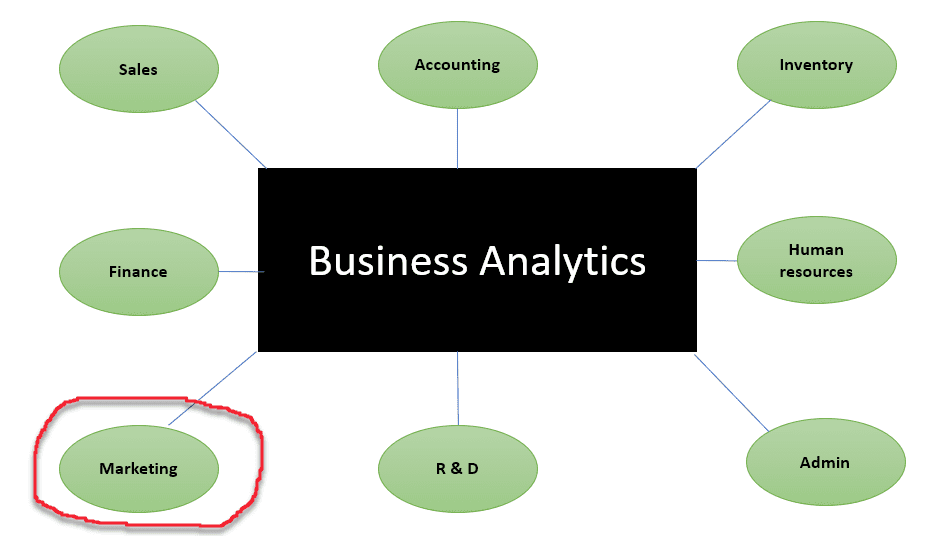7 Market Penetration Strategies (+examples)
If you have ever wanted to discover market penetration strategies, you have found the right article. Today, we are going […]
Read More »Become a successful marketing consultant: Learn more

Businesses operating in the digital age have more access to customer data than ever before.
This information includes a customer’s journey—from their exact location and device types to which stage of the buying cycle they are in.
So, what do companies do with all this data?
Marketing analytics and business analytics are similar but different. Marketing data takes a specialized approach as it relates to gaining and keeping customers. Business analytics takes a holistic approach as it relates to operations of the entire business.
Marketing analytics often refers to the process of managing and tracking data to establish the return on investment (ROI) of your company’s marketing efforts.
Three types of marketing data exist: first-party, second-party, and third-party.
Out of these three, first-party data (commonly called primary research) is the most useful because your company will collect this information directly.
Five popular ways of gathering first-party data include:
The other two data types, secondary and third-party, come from outside parties. For this reason, this data may not be reliable.
To celebrate their 20th anniversary, EasyJet airline group used customer data to develop personalized emails to its customers, including photos and interesting stories about their travel. The airline also gave recommendations for new destinations.
This email marketing campaign was successful as it resulted in close to 100% open rates and 25% increased click-through rates. Moreover, this promotional email was 14 times more fruitful in prompting action than other emails sent during the same period.
Business analytics uses statistical approaches to examine historical customer data to ensure more informed business decisions. Standard methodologies for this process include:
Walmart retail corporations have used big data to improve their sales.
In one instance, the company realized that their customers’ product search for “house” would direct them to household items. They soon realized that users were looking up the tv show with the same name, which had released their latest season at the time.
This realization prompted Walmart to include external data in their product searches, which would coincide with global trends.
This move resulted in about a 10% reduction in “shopping cart abandonment.”
Business analytics uses data from all departments to understand how the company is functioning as a whole. In comparison, marketing analytics pays close attention to market feedback. Moreover, the latter tracks consumers’ and leaders’ activities to improve marketing campaigns.

It goes beyond social media and website analytics which entail media coverage, clicks, and conversions. Instead, it also measures the impact of print media, speaking engagements, and other efforts to determine the effect on revenues.
For this reason, the type of historical data collected matters a lot because its quality will determine how valuable the information shall be during the decision-making process.
While marketing analytics uses a specialized approach, its benefits transcend the marketing department.
Instead, this process benefits other business verticals like business management and sales. In comparison, business analytics, though being holistic, relies upon the company’s decision-making processes using tools such as a:
Despite the differences in notion, marketing and business analytics are helpful in business strategy and planning. Marketing analytics relies on business data, especially sales, to provide marketing feedback on the vertical impacts of different marketing efforts. Furthermore, using marketing analytics can facilitate better decision-making in the following ways.
Creating a good customer experience requires understanding the customer’s journey, from their preferences to their patterns. With business and marketing analytics, your business will determine whether the marketing efforts offer an excellent ROI and ensure business decisions provide the best outcomes.